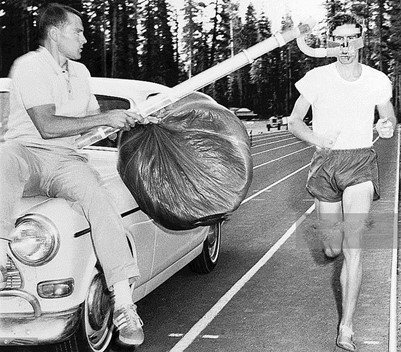Bauer
Level 8 Valued Member
Interesting thought. In this case, he mentions that he used cycling exclusively for a year due to an injury that prevented him from running - and actually did ultra runs here and there when he could. But for his treshold sessions he use the bike "because of its similarity to speed skating and for its easy measuring in Watts." (p. 10)Regarding the aerobic work done cycling compared to skating or running or such.
The vast amount of training necessary must cause peripheral adaptations in addition to cardiovascular adaptations. And I would bet those adaptations may not necessarily be compatible between sports. For example, consider how massive amounts of running works on your tendons. Do we want those adaptations in the tendons for skating 5km or 10km?
On the Tim Ferriss podcast Grant Hackett and Michael Phelps mention that they tried not to walk to much to keep their ankles and hips more mobile. Tim Ferriss mentions another swimmer that usually avoids hiking to prevent his ankle from becoming stable...




